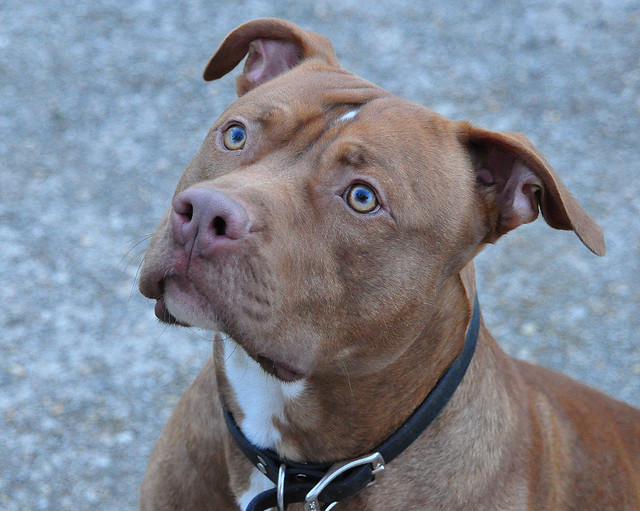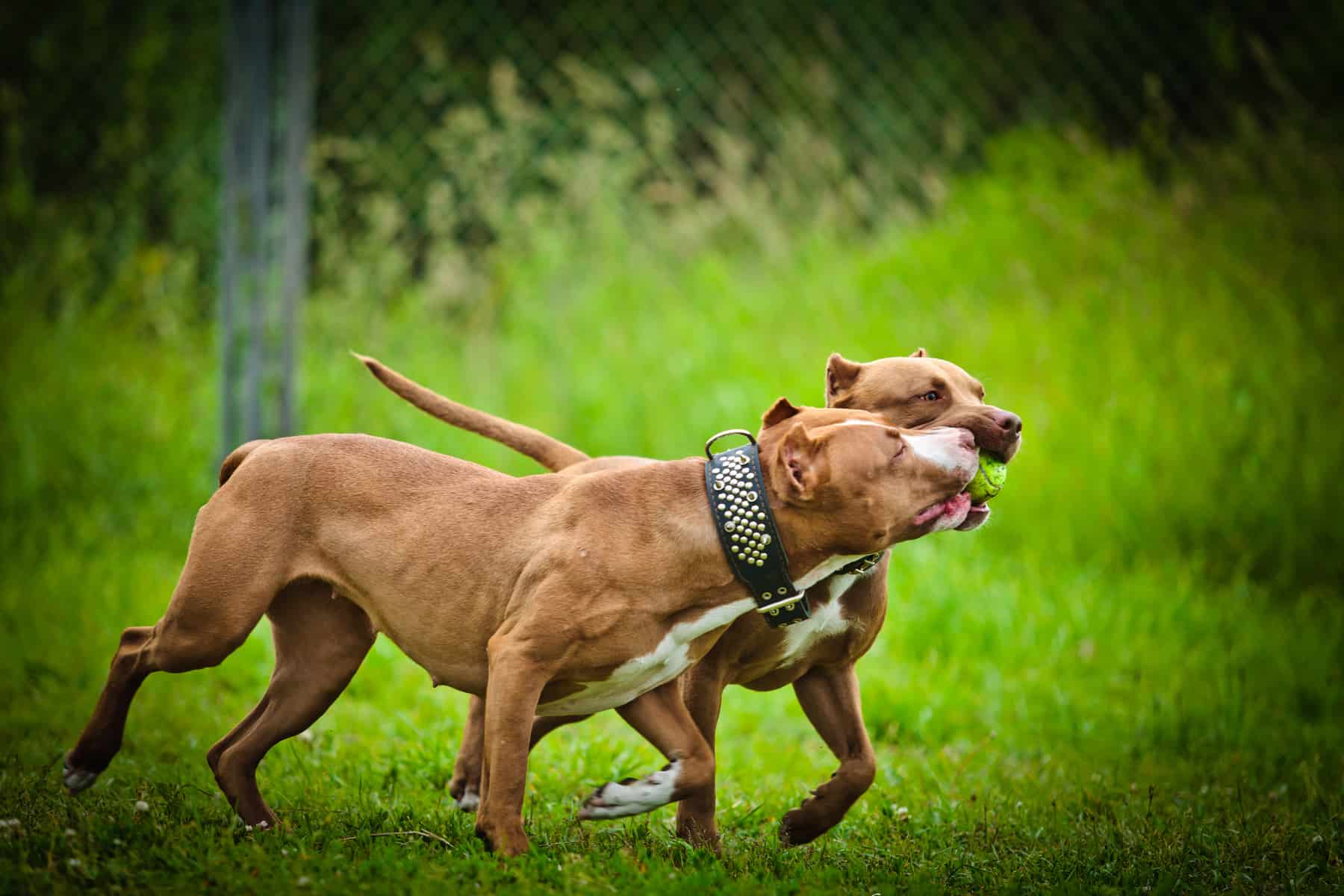

The nose, lips, eyes, and toenails should all be the distinctive copper red-brown color.

To decide if you have a true Red Nose Pit you should look to certain areas of the dog. With a breed standard in place and regular shows up and down the country, you can register puppies with them providing both puppy’s parents are also registered. If you do wish to show your Red Nose Pit, the United Kennel Club does recognize the breed. They argue that it is not distinct enough from other breeds such as the American Staffie or Staffordshire Bull Terrier. Now, instead of being primarily fighting dogs, their role changed to protectors of homesteads and family companions due to their fiercely loyal nature.ĭespite its popularity, the main governing body of the dog show world, the American Kennel Club, still refuses to recognize the Pitbull of any color. When emigrating Englishmen decided to cross the seas and move to America, they took the Red Nose Pitbull (and other colors) with them. In the mid-1800’s, the Irish started to become fond of the red colored Pitbulls that would crop up from time to time in litters of puppies.īy inbreeding related animals of the same color from the “ old family” strain of Pitbulls, they were able to perpetuate the genes, and Red Nose Pitbulls became more common. What they created was a medium-sized, dominant dog with a feisty attitude and a zest for life. Later, unscrupulous owners started pitting Pitbulls against each other too. The aim was to create a fighting dog capable of taking on bulls and bears.

The History of the Red Nose Pitbull: Its Irish Rootsĭuring the 1800’s, the English mixed Bulldogs and various breeds of terrier together to develop the Pitbull.


 0 kommentar(er)
0 kommentar(er)
